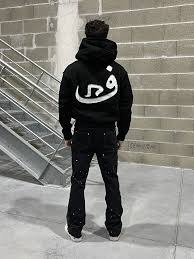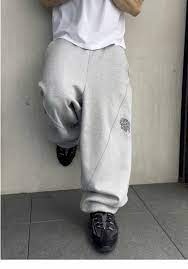The Evolution and Charm of Heels in Pakistan
In Pakistan, a country known for its rich cultural tapestry and diverse traditions, fashion plays a significant role in shaping societal norms and personal identities. Among the myriad of fashion elements, heels hold a special place. They are more than just a footwear choice; they symbolize confidence, elegance, and a touch of glamour that transcends age and social status. This blog post delves into the captivating journey of heels in Pakistan, exploring their historical significance, cultural impact, and contemporary trends.
Historical Significance
The history of heels in Pakistan is deeply intertwined with the broader cultural history of the region. Traditionally, footwear in Pakistan was largely functional, designed to endure the rugged terrain and climate. However, with the advent of globalization and increased cultural exchanges, especially during the Mughal era, the influence of Persian, Turkish, and Central Asian styles began to seep into local fashion. This period saw the introduction of more ornate and elevated footwear among the nobility and the elite.
Heels, as we know them today, started gaining popularity in the subcontinent in the mid-20th century. With the influx of Western fashion, Pakistani women began to embrace heels as a symbol of modernity and sophistication. This shift was not just about adopting a new style but also about redefining feminine grace and poise.
Cultural Impact
In Pakistani culture, heels have become a significant accessory, especially in urban areas. They are often associated with formal occasions such as weddings, parties, and other social gatherings. The intricate designs and embellishments of Pakistani heels often reflect the country’s rich heritage, with motifs inspired by traditional art forms like Mughal miniature paintings, Sindhi embroidery, and Balochi crafts.
Heels in Pakistan are more than just a fashion statement; they are a symbol of empowerment. For many women, wearing heels is an expression of self-confidence and independence. In a society where gender roles are often rigidly defined, the simple act of wearing heels can be a powerful assertion of one’s identity and personal choice.
Contemporary Trends
Today, the Pakistani fashion industry is thriving, with local designers gaining international acclaim. This growth has also impacted the footwear industry, with heels becoming a staple in both casual and formal wardrobes. Designers like Maria B, Sana Safinaz, and Asim Jofa have incorporated heels into their collections, offering a blend of traditional aesthetics and contemporary styles.
One of the notable trends in Pakistani heels is the fusion of comfort and style. Block heels and wedges have become popular choices, providing the desired elevation without compromising on comfort. This trend reflects the practical needs of modern Pakistani women, who juggle multiple roles and require footwear that complements their dynamic lifestyles.
Moreover, the rise of social media and fashion influencers has played a significant role in popularizing various heel styles. Platforms like Instagram and Pinterest are brimming with fashion inspiration, showcasing how heels can be paired with both Eastern and Western outfits. From traditional shalwar kameez to trendy jeans, heels have become a versatile accessory that can elevate any look.
Local Craftsmanship and Global Influence
Pakistan has a rich tradition of craftsmanship, and this extends to the creation of heels. Local artisans often handcraft heels, incorporating intricate designs and using high-quality materials. Cities like Lahore, Karachi, and Sialkot are known for their skilled cobblers who blend traditional techniques with modern designs.
The global influence on Pakistani heels cannot be overlooked. International fashion trends often inspire local designers, leading to a fascinating fusion of global and local elements. For instance, stiletto heels, which gained immense popularity worldwide, have been adapted to feature traditional Pakistani embellishments like zari work, beadwork, and mirror work.
The Future of Heels in Pakistan
The future of heels in Pakistan looks promising, with a growing emphasis on sustainable fashion. As the global fashion industry moves towards eco-friendly practices, Pakistani designers are also exploring sustainable materials and ethical production methods. This shift not only caters to the increasing consumer demand for sustainable products but also ensures the preservation of traditional craftsmanship.
Another exciting development is the growing inclusivity in fashion. Pakistani designers are now creating heels that cater to a diverse range of sizes and preferences. This inclusivity is a testament to the evolving fashion landscape in Pakistan, where personal expression and individuality are increasingly celebrated.
Conclusion
Heels in Pakistan are more than just a fashion accessory; they are a reflection of the country’s evolving cultural and social dynamics. From their historical roots to their contemporary interpretations, heels have carved a unique niche in Pakistani fashion. They symbolize a blend of tradition and modernity, comfort and style, empowerment and elegance. As the fashion industry continues to grow and evolve, one thing is certain: heels will always hold a special place in the hearts and wardrobes of Pakistani women.
In embracing heels, Pakistani women are not just making a style statement; they are walking tall with confidence and grace, embodying the spirit of a nation that values both its rich heritage and its progressive outlook.







